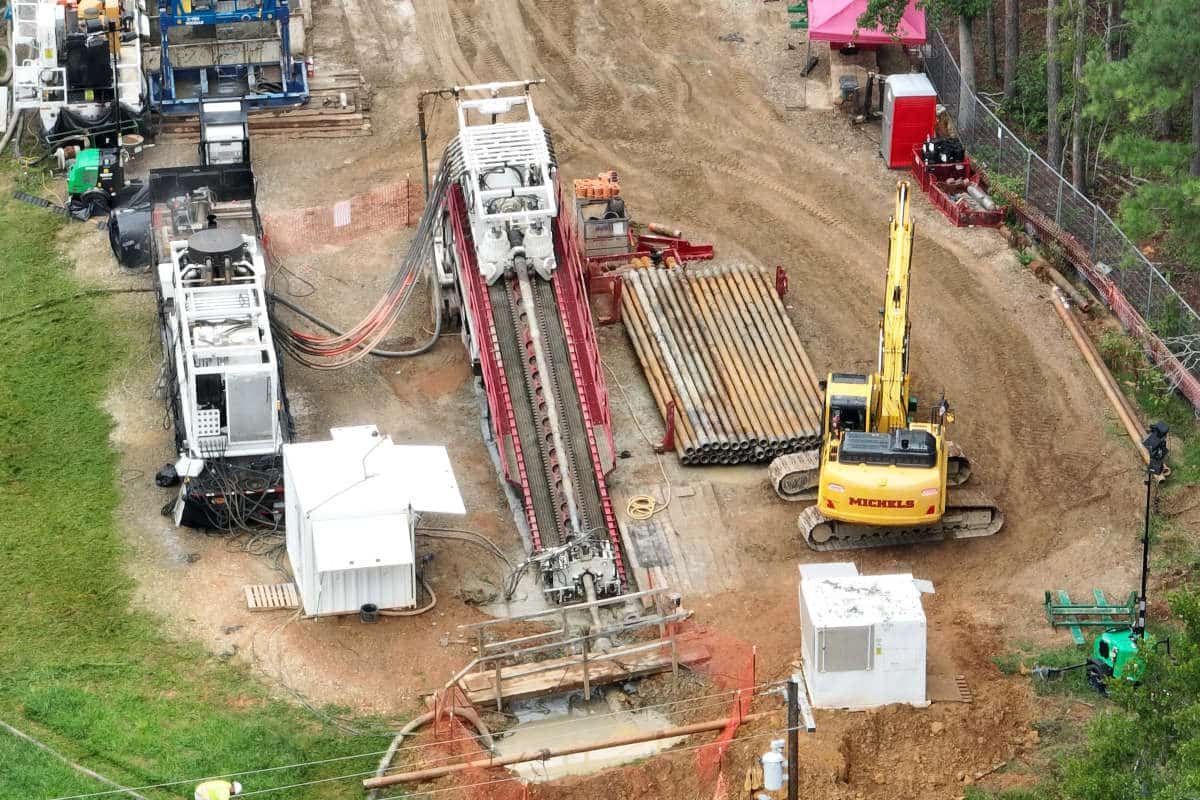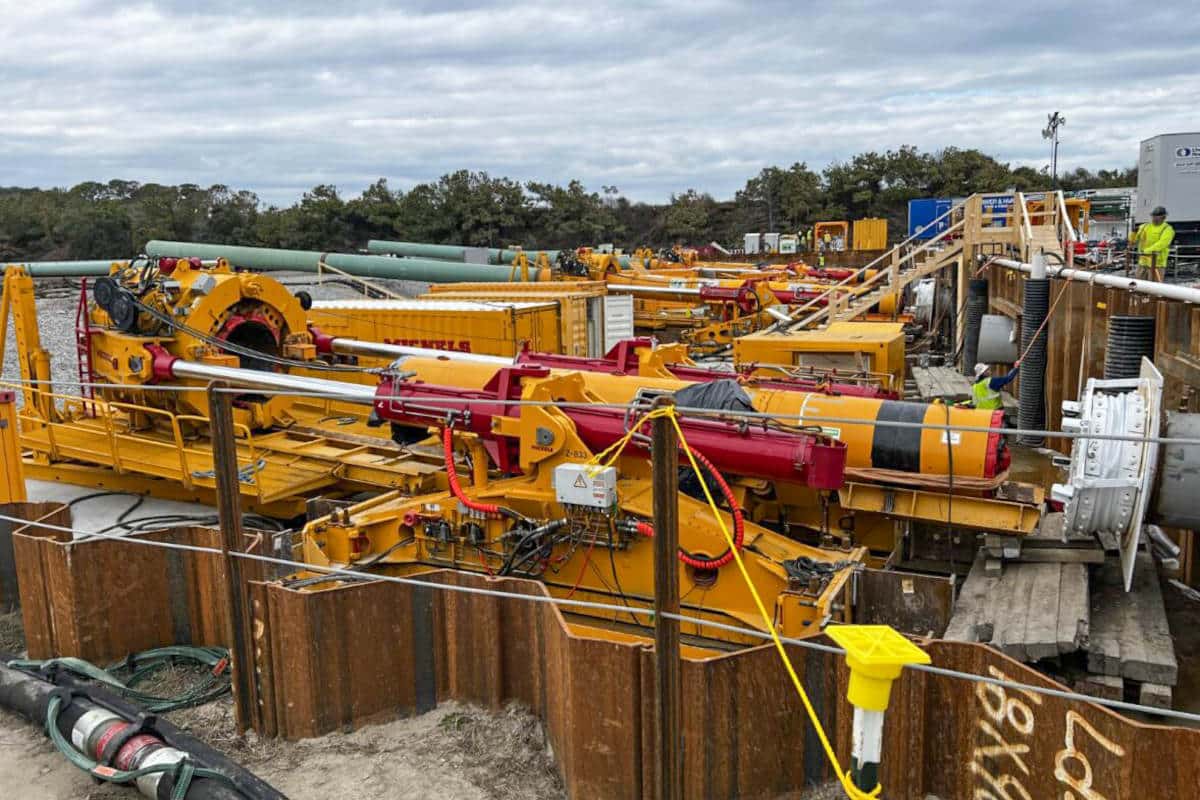Drill Master: Planning an HDD Bore?
Because of their familiarity with the HDD process, workers have, in some instances, found shortcuts to bore planning procedures in order to cut their pre-bore time. On the other end of the spectrum, there are also new people involved in the HDD industry who have not been properly trained in this area. With this in mind, I think a refresher course is in order for proper bore planning techniques, which I first brought to readers in the Drillmaster forum four years ago.
How many times have we been out on a directional boring job and our locator is just not acting properly?
I am sure anyone who has drilled has experienced this problem. Let’s first look at the borepath. Are there hills and undulations? Have all the utilities been marked? In the late 1980s, we were happy just to complete a bore. Now, with all the advancements in drills and electronics, directional drilling has become fairly easy from start to finish.
But first we have to do some planning.
Let’s start by calibrating the transmitter in the drillhead to the locator manufacturer specifications. Next, we’ll remove the batteries from the transmitter, so that it is not emitting a signal, and walk the borepath with the receiver in order to check signal interference.
Most receivers on the market can read counts of signal strength in the borepath. Some of the manufacturing companies have set guidelines for these readings. To check pitch and roll updates, walk the borepath with the receiver on and make note of any unusual interference readings. At locations where interference is detected, position the receiver over the drillpath. Position the transmitter off to one side at a distance of one and a half times the proposed drillpath depth, but not exceeding the maximum range of the transmitter.
Check depth accuracy and other parameters, such as pitch, roll, battery life and temperature. In the event of inaccurate or inconsistent readings, contact the equipment supplier or manufacturer for recommendations. Take note of any unusual trenchlines and surroundings. If you are in a backyard easement, check for electric dog fences, lights in garages with no overhead line, gas lines to outdoor grills, etc. as most of these utilities will not be marked. Never begin drilling unless all the utilities have been located and exposed.
Some of the newer receivers on the market have a built-in signal interference measurement module. With the transmitter off, walk the borepath with the receiver. The module in the receiver will indicate the maximum depth of the borepath. Some receivers can bore at two different frequencies. By checking both frequencies, the receiver will then indicate the best frequency to use in the given borepath. This procedure will let us know if the bore can be successful before setting up the machine, which is a tremendous time-saver. It is important to check these conditions before the bore starts as signal interference in a given area can change from hour to hour or day to day. Do not check the borepath today for a bore that will be performed three weeks from now and expect the signal interference to be the same.
We know what types of interference are out there.
We just need to remember how to overcome the problem. Magnetic fields will not transmit through steel, but will transmit around it. There may also be traffic pads in streets that we cannot locate through. The signal will flow around the traffic pad and the receiver will pick up the signal outside the traffic pad area. Left/right steering systems can work well in these situations. You can also ask the homeowner to turn off the electric dog fence for a short period.
If depths are inconsistent, keep monitoring the pitch for proper depths. For every 10 percent (or 6 in.) change in 10 ft, the depth change will be 1 ft. So, if we have planned the borepath properly, our pitch should match depth.
Next, we need to load the batteries back into the transmitter and walk the borepath back to the start. We can check for any grade changes in the borepath by using the pitch that is read in percent or degrees. Mark these areas to help in preparing the borepath. There are planning systems on the market to aid in this aspect of the planning.
With the many software changes manufacturers have installed in receivers and transmitters in recent years, we have been able to directionally drill up to four to five times the depth of what we could 10 years ago, as well as being able to drill much more accurately and safely.




